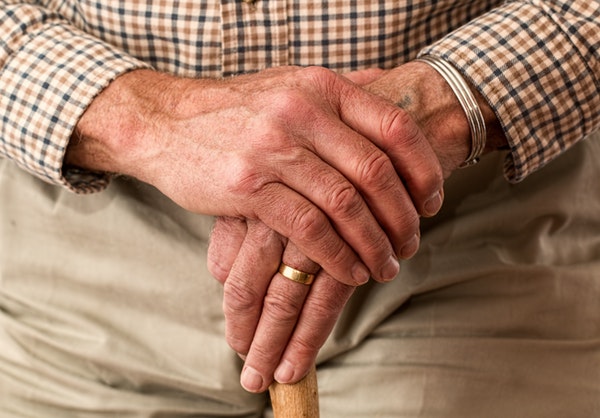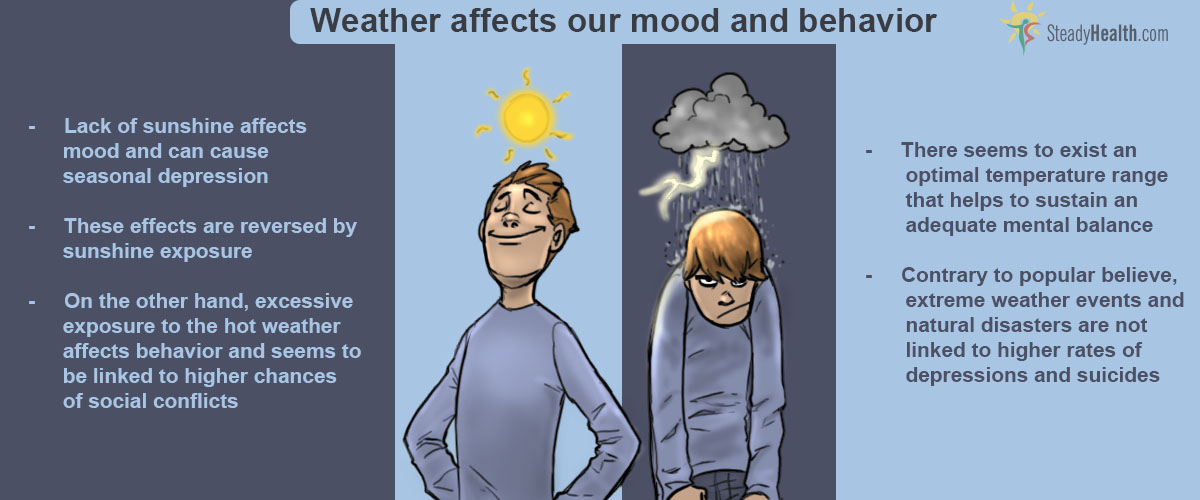
Introduction
Joint pain can occur due to several reasons such as injury, arthritis, or other medical conditions. However, many people claim that changes in weather can affect their joints and cause discomfort. In this article, we will explore whether the weather indeed affects your joints or not.
What Causes Joint Pain?
Before discussing the impact of weather on joint pain, let's understand what causes joint pain. Joint pain can occur due to inflammation or damage to the joint, which can happen due to several reasons such as:
- Arthritis
- Bursitis
- Tendinitis
- Fracture
- Overuse or injury
Now, let's see if weather changes can make these conditions worse.
The Impact of Weather on Joint Pain
Many people with joint pain claim that changes in weather conditions affect their pain levels. Some believe that cold weather makes their joints stiff and achy, while others say that hot and humid weather makes their joints swollen and painful.

However, the scientific evidence for the impact of weather on joint pain is mixed. Some studies suggest that changes in weather conditions, such as temperature, barometric pressure, and humidity, can affect joint pain in people with arthritis or other joint-related conditions. Other studies, however, have found no significant association between weather changes and joint pain.
The Role of Barometric Pressure
One of the most commonly cited factors that can affect joint pain is barometric pressure. Barometric pressure is the measure of the weight of the air above the earth's surface. When the barometric pressure drops, such as during a storm or change in weather, it can cause a decrease in the atmospheric pressure, which may affect the tissues and joints in the body.

However, the research on the impact of barometric pressure on joint pain is inconclusive. Some studies have found that low barometric pressure can increase joint pain, while others have found no significant association between barometric pressure changes and joint pain.
The Role of Temperature and Humidity
Temperature and humidity are other weather factors that can impact joint pain. Some people with joint pain feel worse in cold weather, while others feel worse in hot and humid weather.

According to some studies, cold weather can cause the muscles and joints to contract, leading to stiffness and pain. On the other hand, hot and humid weather can cause the body to retain fluids, leading to swelling and discomfort in the joints.
Managing Joint Pain in Different Weather Conditions
Whether or not weather changes affect your joint pain, it is essential to manage your symptoms effectively. Here are some tips for managing joint pain in different weather conditions:
- Stay active and exercise regularly to keep your joints flexible and strong.
- Protect your joints from injury by using proper gear and techniques when exercising or doing physical activities.
- Use heat therapy, such as warm compresses or baths, to ease joint pain and stiffness in cold weather.
- Use cold therapy, such as ice packs or cold compresses, to reduce swelling and inflammation in hot and humid weather.
- Take over-the-counter pain relievers or anti-inflammatory medications as prescribed by your doctor.
Conclusion
The impact of weather changes on joint pain is a subject of debate among researchers and people with joint pain. While some studies suggest that changes in weather conditions can affect joint pain, others have found no significant association between the two. Regardless, it is essential to manage joint pain effectively and seek medical advice if the symptoms persist or worsen.